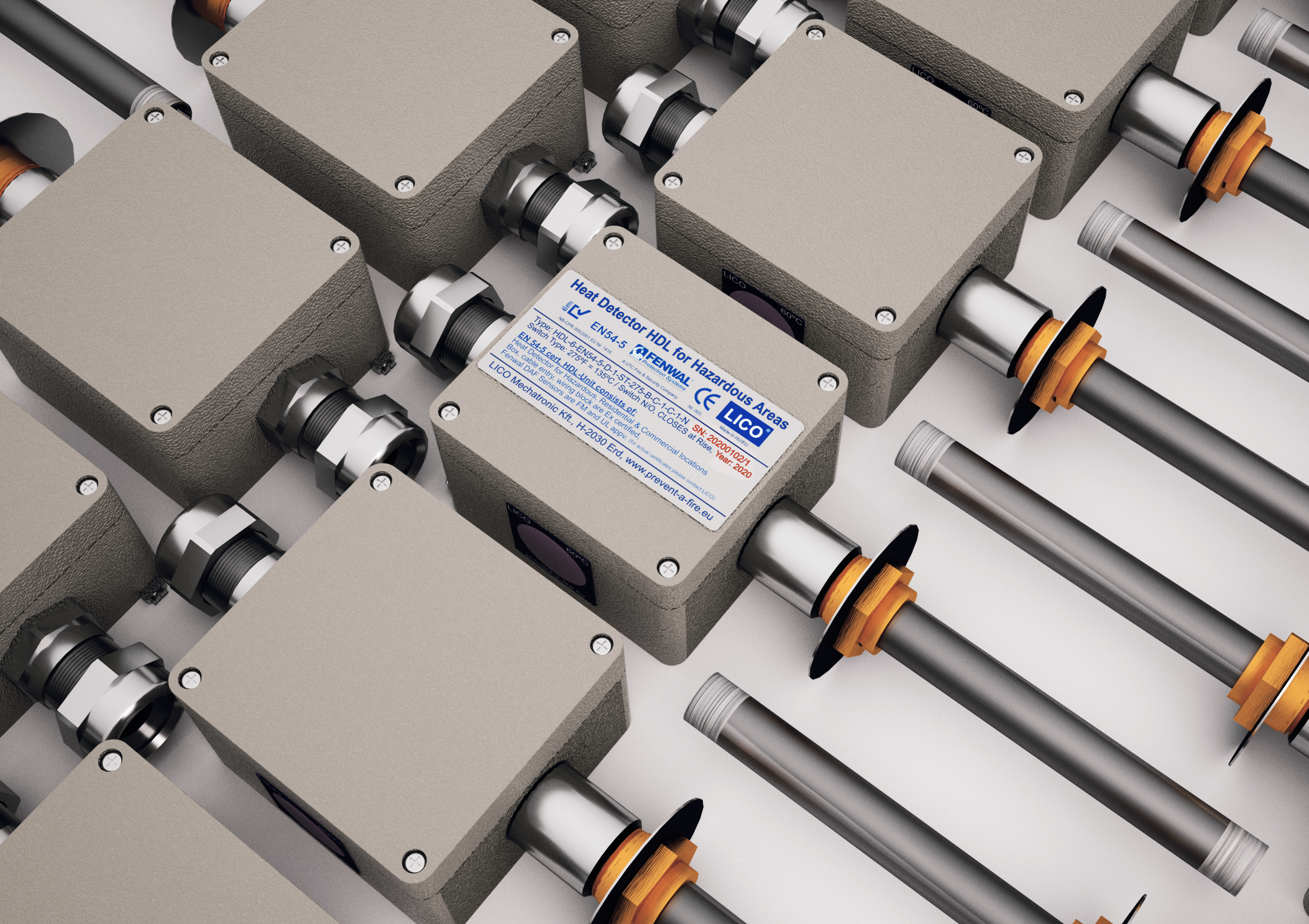 Most of us can name one or two disasters with passenger ships in the past. The Titanic would rank high for the most well known one even though it happened a 100 years ago. However, since last January the Costa Concordia would be added to that list. Cruise liners do not have a big history with disasters, however the Costa Concordia incident in Italy reminds us that, very rarely, even with these floating luxury hotels things can go wrong. Far too quickly these incidents can easily turn into a mass casualty disaster. In this article we endevour to look at what happened in this specific incident and how we can be better prepared in the future.
Most of us can name one or two disasters with passenger ships in the past. The Titanic would rank high for the most well known one even though it happened a 100 years ago. However, since last January the Costa Concordia would be added to that list. Cruise liners do not have a big history with disasters, however the Costa Concordia incident in Italy reminds us that, very rarely, even with these floating luxury hotels things can go wrong. Far too quickly these incidents can easily turn into a mass casualty disaster. In this article we endevour to look at what happened in this specific incident and how we can be better prepared in the future.
Mayday on Costa Concordia
Friday, January 13, 2012, Costa Concordia departed out of the port of Civitavecchia for a seven-day cruise with 3,206 passengers and 1,023 crew members onboard. Shortly after departure the ship struck a rock turning this dream cruise into a disaster, as the passengers were enjoying their first dinner onboard. The rock tore a 48.8 metre (160 ft) hole in the ship’s hull below the water line, partially sinking the ship and triggering an evacuation. Seventeen people did not make it out of the boat in time and are known to be dead; sixty-four others were injured and fifteen people are still missing today. This incident raises questions about how prepared the crew and passengers were. Stories from the passengers, along with video footage portrayed a scene of chaos, however the situation is still under investigation and it is too early to draw conclusions. What happened onboard is only part of the response. An incident of this scale does not limit itself to the incident scene only. It has rapidly become the centre point of a large logistical organisation with regional impact.
How to prepare onboard
Harry Klootwijk and Niilo Alakopsa are part of the Product Development team at Falck Nutec, who are the world’s leading provider of safety training and offshore services in Rotterdam, the Netherlands. They have both seen their fair share of maritime training exercises during their many years with Falck Nutec. There are several regulations in place that call for the training of crew and passengers to prepare for calamities. At the beginning of a journey when passengers and crew have changed over onboard a drill is performed to familiarise passengers with the procedures. Harry Klootwijk says: “A major challenge however is the supervision as to whether these drills are actually performed, and if they are performed, whether they are performed correctly.” A recent revision of the International Convention on Standards of Training, Certification and Watchkeeping for Seafarers (SCTW) requires new and updated training and training refresher requirements for the onboard crew.” Niilo Alakopsa says: “These new guidelines are expected to improve the preparedness onboard but are not expected to solve all the issues”.
Within these renewed guidelines, the use of virtual reality within these training programmes has been approved for use. Virtual reality technology is commonly used in maritime training programmes and is already used onshore by emergency responders worldwide for education and training of the first responders on the scene. The approval of the use of virtual reality technology within the training programmes of onboard personnel is an acknowledgement of the potential that virtual training offers in the emergency response training.
How to prepare onshore
A different part of the response happened onshore compared to in the water. Coast guard and fire departments supported the evacuation as the EMS and hospitals were prepared to receive the people needing medical attention. Dr. Pier Luigi Ingrassia, medical doctor and researcher at the Research Centre in Emergency and Disaster Medicine, CRIMEDIM, at University of Eastern Piedmont, Italy, recently returned from a visit to the area to analyse the health management of the recent Concordia disaster. His team has performed an analysis of the response of the EMS and Hospitals during this disaster. The data collection is at a very early stage, but his first impression is that the medical side of the incident was managed correctly. During the night of the incident they were faced with quite a challenge. As there were more than 4,000 people coming in from the ship to the harbour, most of them were not injured, but all of them needed to be assessed to see if they needed medical attention. “Analysis from previous disasters have shown that assessment of unharmed people involved in a disaster is crucial” Dr. Ingrassia says. Many people who are seemingly unharmed can develop problems some hours after the impact. A good disaster medical response plan is designed to bring the unaffected together in a “walking wounded” collection and provide high quality medical attention to the people. Besides medical attention, psycholological support is important to provide in the aftermath of a disaster.
The Costa Concordia disaster could have easily been much bigger. Dr. Ingrassia says: “Some conditions definitely had a positive influence on the outcome of what happened during the night of the 13th. The ship being stranded close to the shore, the weather at the time was mild and the sea was reasonably calm.” If these conditions had been different we would probably have seen a much worse picture with a substantially large amount of people drowning while trying to get to safety or suffering from hypothermia due to the cold water.
Training essential to prepare the whole response chain
Dr. Ingrassia has seen many examples of disasters going terribly wrong in his role as Faculty Member of the European Master in Disaster Medicine (EMDM Master), a master-after-master programme for medical professionals.
Luckily the disasters Ingrassia has seen are mostly simulated for training and exercises. The EMDM Master (accredited by the Vrije Universiteit Brussel, Belgium and the University of Easter Piedmont in Novara, Italy) has approved simulation technology as a valid training and exercise method for disaster management training.In 2007 Medical Universities involved in the EMDM Master programme and simulation company E-Semble from the Netherlands worked together in the European funded ISEE Project to develop a disaster medicine simulator. The “ISEE Simulator” is used during the EMDM Master programme and by other training institutes in Europe to prepare for disasters such as the Costa Concordia.
These simulations focus on the logistics of a disaster. Maps are used to represent different locations and the emergency response resources such as fire trucks, ambulances and police units at their designated posts responding to the incident. The different players in the exercise all have their own screen to complete their task; whether it is dispatch resources, triage victims or command a battalion of fire fighters. Working in a real-time situation and in a simulated realistic environment the effectiveness of the procedures can be tested and the players in the exercise can prepare for larger exercises.
Scalable training
To prepare effectively for this type of disaster the entire chain, has to learn how to work together as one unit. The individual disciplines need to be prepared to do their own tasks, but they also have to learn how to adapt to another command structure and communicate with each other. Procedures need to be in place, but like every other procedure, it could look nice on paper, but is worthless when the responders are not familiar with them. Unfortunately this type of training is hard to organise. Potential incident locations often cannot be cleared for several hours to run a drill or are very expensive to do this.
This is definitely true for multi-million dollar cruise liners, but also for structures like tunnels, office buildings, production plants, hospitals etc. With such hard to clear environments, virtual training can provide unique opportunities. It allows first responders to get familiar with the procedures and conditions and get prepared for these once in a lifetime events. This type of exercise could include a realistic representation of the scene in 3D but that is only one aspect of the incident. The biggest part of the incident is the logistics and how to command and control, which requires a different type of simulation. Falck and EMDM are both using simulation solutions developed by E-Semble that provide scaleable solutions.
The realistic training tool XVR can be used within individual disciplines and even allows multi-disciplinary response as long as it takes place at the incident scene. This realistic 3D simulator can connect to the logistics simulator ‘ISEE’ to allow training of a larger part of the incident. Both simulators can also connect to the VictimBase, which is an initiative from the EMDM Academy to create a database of realistic victim profiles for use in simulation and training exercises.
Performance indicators
The information Dr. Ingrassia and his team have gathered on this disaster will be analysed using standardised Key Performance Indicators. The Disaster Simulation Suite (DSS), uses iNovaria developed software to evaluate the performance of the response in simulation exercises based on these KPI’s. DSS is a web-based, semi-quantitative drill evaluation system, which exaggerates a real life incident and makes the collection, aggregation and analysis of data from dynamic and distributed environments, such as MCI exercises, possible. Dr. Ingrassia says:“This makes it possible to use the data from the real disaster as a benchmark to measure the performance in training situations.” The cooperation between iNovaria and E-Semble is focused on this. By connecting the evaluation software to E-Semble’s Virtual Reality software ‘XVR’ and logistics simulator ‘ISEE’ it is possible to evaluate training exercises and compare the performance with other training exercises and real incidents.
Special thanks to Harry Klootwijk and Niilo Alakopsa of Falck-Nutec and Dr. Pier Luigi Ingrassia, Research manager at Centro di ricerca in Medicina d’Emergenza e dei Disastri (CRIMEDIM). Università Piemonte Orientale.











